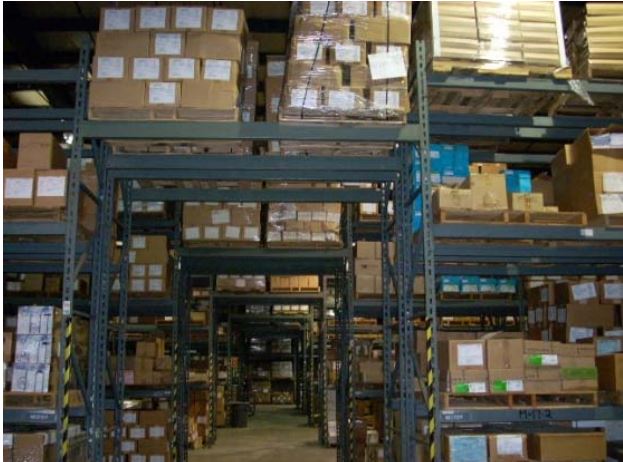The Environmental Protection Agency last year threw out more than 140 tons of printed materials that had been kept at one federal storage facility, but only after internal investigators at the EPA started asking why millions of agency publications were sitting around unused, raising new questions about the waste of taxpayer dollars at federal government warehouses.
Videos By Rare
“As of December 6, 2013, the warehouse had an inventory of 18,406,848 publications,” read a report from the EPA’s Inspector General about the work of the National Service Center for Environmental Publications, which noted the EPA recycled “almost two million items, consisting of more than 140 tons of materials,” following a visit by investigators to a federal storage facility in Blue Ash, Ohio.
“Consequently, the EPA is tying up funds by storing and caring for excess stock at an annual cost of up to $1.2 million,” the report said, noting an additional “$359,000 in leasing costs.”
“The EPA could put over $1.5 million to better use by reducing its inventory of excess publications at the NSCEP,” stated the IG report.
The report decried what it described as “an inventory management belief” at the NSCEP that it is better to “print-store-ship rather than print then ship.”
The NSCEP is not directly run by the EPA – but rather by the contracting giant, Lockheed Martin, with oversight from EPA offices located in Cincinnati.
Instead of waiting to fully complete their review of the storage practices at NSCEP, the EPA’s Inspector General issued what is known as an “Early Warning Report,” saying conditions raised “significant concerns.”
“The NSCEP needs to improve implementation of plans to reduce inventory,” the IG found – as the visit of investigators did spur the NSCEP to get rid of “more than 140 tons of material, between June and October 2013.”
In other words, those were materials printed by the federal government which ultimately ended up in the recycling bin, after costs were incurred for their printing and for their storage.
The report that noted that, on average in the last three years, the NSCEP facility shipped just under 3 million publications each year – but they had more than six times that amount in storage.
“These numbers indicate that the NSCEP has an inventory turnover rate of materials on hand that far exceeds the demand,” read the report.
One of the photos taken by investigators showed an EPA publication named the “ISO 14000 Resource Directory.”
Instead of acquiring the printed version from the EPA, this reporter was able to go on the internet and simply download a copy for free from an EPA website.
It isn’t the first time the EPA Inspector General has raised questions about how much money the EPA is spending on storage facilities, as last year a report found a warehouse in suburban Washington, D.C. which was filled with unused furniture and other items – almost all brand new.
The employees there had also set up private spaces outside the view of security cameras, which they used for exercise and relaxation.
You can my past story about that report here.
“The effectiveness of the EPA’s oversight needs to be improved,” the EPA IG concluded.

